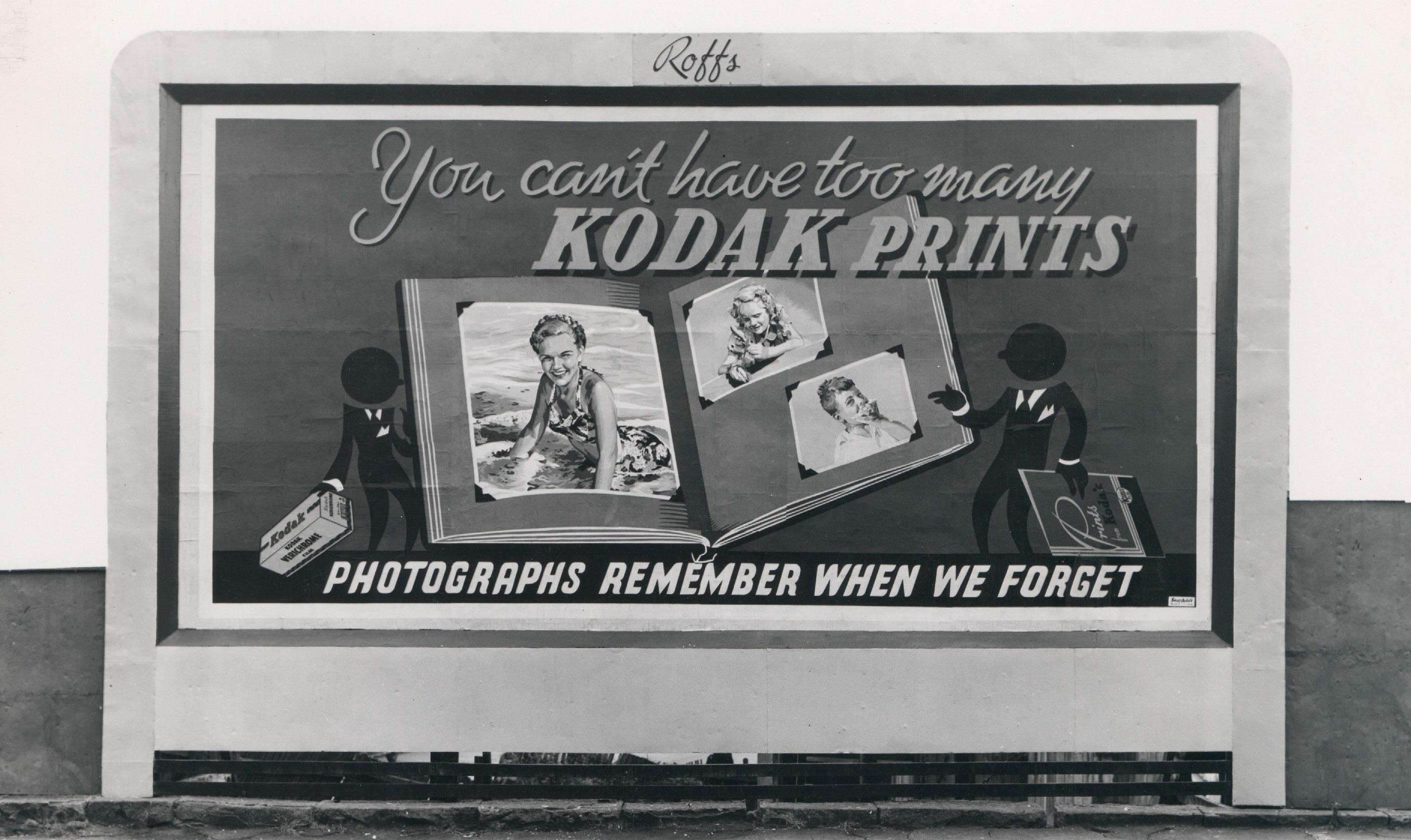
4 minute read
MISSED MOMENTS
from Aayush Bidkar
The focus of this book is to provide an expanded interpretation of the decline of the Eastman Kodak Company. Kodak is a company synonymous with cameras, pictures, and photography. The American photographic giant created a vast empire that was able to dominate the industry for the better part of the Twentieth Century. Yet, it missed the opportunity to develop its digital camera technology. This makes Kodak an interesting study in business decision making in the face of advancing disruptive technology.
Lady with Kodak’s camera
Advertisement
In a historical context, there is a lack of work that deeply inspects the fall of the Kodak company in the late twentieth and early twenty-first century. The small amount of work available focuses on a narrow explanation for the decline of the company. A closer look reveals a more nuanced story that includes institutional restrictions coupled with a changing consumer electronics culture and business model.

Advertisement of Kodak’s Bromide paper
Connecting Kodak to Consumer and Advertising History
As an American company, the Eastman Kodak Company became a beneficiary of the histories of consumption and advertising. Its place among the most respected, even envied, companies on the planet is a direct result of many of the ideas just discussed. Kodak’s relationship with consumer history and advertising history is not only as a beneficiary of these histories though. Kodak also played an important role in shaping these histories.
Hoarding of Kodak prints

Another important work in the histories of consumption and advertising is Nancy Martha.
West’s Kodak and the Lens of Nostalgia. In her book, West lays out some of the early advertising strategies that were employed by George Eastman, founder of the Eastman Kodak Company.

Kodak prints advertisement

West argues that Kodak’s advertising strategies in the late nineteenth and early twentieth centuries set the company on a trajectory that would allow them to dominate the photography world. The path Eastman took to legitimise simple snapshot photography, and the products his company sold in order to produce the snapshots, relied heavily on marketing and advertising.
Left: Kodak safety films packing
New Technologies & Disrupted Market
The idea of new technologies and their impact on markets is an important piece of a more nuanced understanding of the Eastman Kodak company in the late twentieth and early twenty first centuries. By gaining an understanding of the history of how new technologies can disrupt markets and affect businesses, it is possible to form new understandings that challenge the accepted narratives surrounding Kodak’s decline because it is important to approach a subject from multiple angles to gain a more complete understanding of that subject.
Right: Picture from top printed in Kodak film

Kodak vs Digital Photography
Kodak’s downfall, did not rest on a single issue. It did not happen because of a single event, single idea, or lack of will in a single area. Instead, the decline of the Eastman Kodak company was caused by a number of decisions and institutional views that led to a chain of events. The story of Kodak’s failure to capitalize on its digital photography patent can be viewed through a number of lenses.
Kodak Brownie camera models

Almost all of it revolves around a single concept. The idea that Kodak executives grew complacent, content with large profit margins on photographic film products, and their dominance of the film market, are the standard reasons given. The idea that dominates popular opinion is that no matter what the leaders of the company were told, no matter what was being forecast by those in advisory positions, the particular set of people in charge during the 1970s, 80s, and 90s saw no reason to deviate from the standard operating procedure.
Advertisement of Kodak Junior camera

Kodak is a company that is synonymous with photography and imaging. Almost all Americans, and many other people around the world, who were alive during the twentieth century are sure to have experienced their own “Kodak Moment.” George Eastman, founder and namesake of the

Top: Kodak moment of Kobe Bryant and Michael Jordan
Eastman Kodak Company is a pivotal figure in bringing snapshot photography, photography for non-professionals, to the masses. One of the major reasons for Eastman Kodak’s failure to capitalize on digital photography is because they failed to set the market for their new, disruptive, technology, as they once did with snapshot photography.





